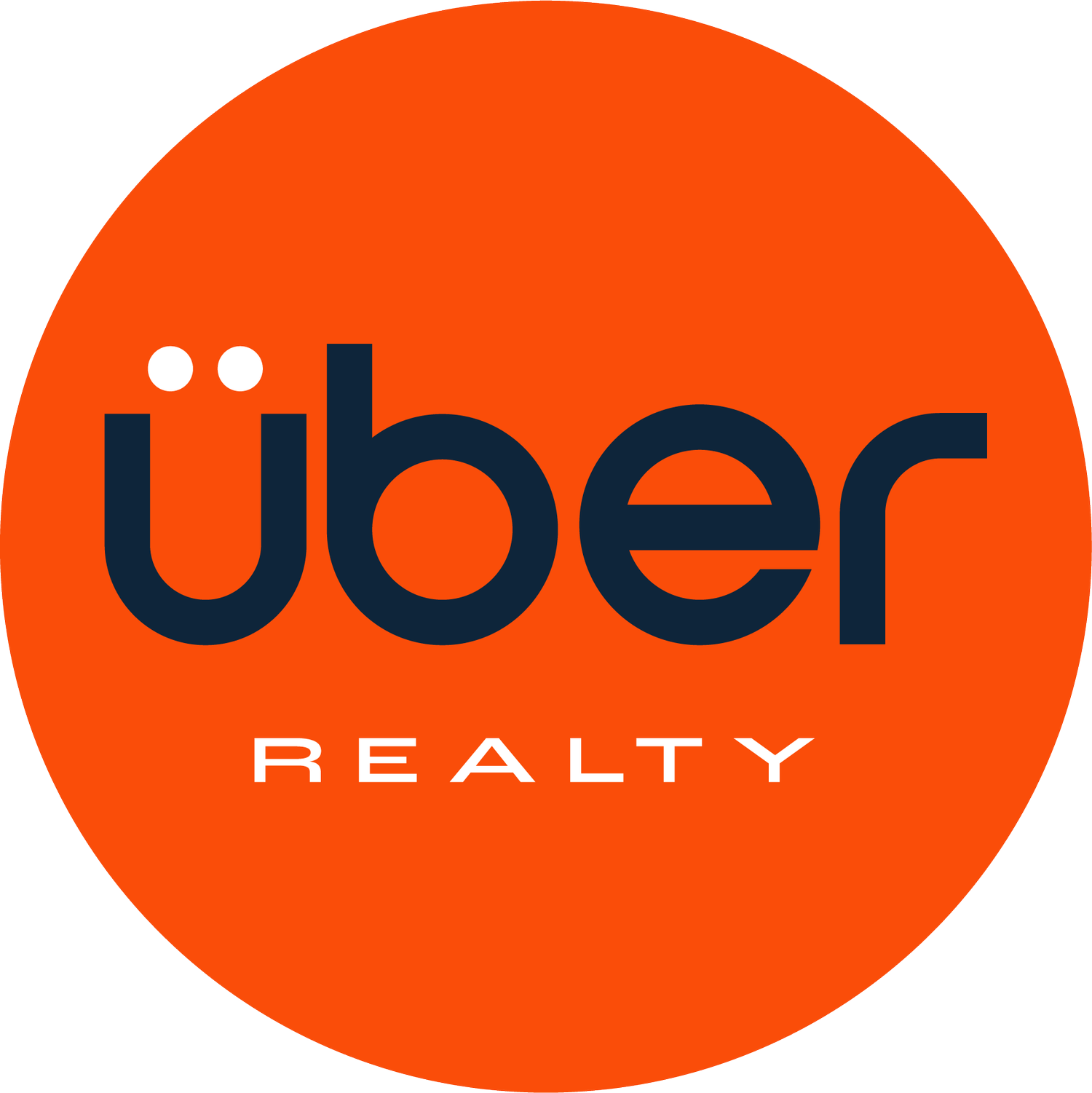Selling your home isn’t easy.
It’s Hard.
Our job is to make it happen on
the best possible terms.
Recent sellers found “negotiation or back-and-forth
with the buyers” to be the most stressful part of
their home sale — by far.
People don’t like haggling, especially when it comes
to something as personal as their home.
This is what we love to do.
Yeah, it sounds weird but you like what you like.
You get what you negotiate.
There's a lot to negotiate when you sell your home. It's not just price, either.
Credits, repairs, closing dates, rent-backs, and lots more come up regularly.
We've sharpened our negotiating skills over hundreds of transactions, so you can rest easy knowing we'll get what you want and need.
Why does all real estate companies follow the same old traditional me too, Big Realty one size fits all marketing and commissions.
You don’t feel like you have a options.
You do have a choice.
Why does all real estate companies follow the same old traditional me too, Big Realty one size fits all marketing and commissions.
I understand everyone has different levels of comfort in the home selling process.
I have developed a system that gives you a choice.
Done for you
From pre-inspections, to full hands on deck during inspections, apprasial and enhanced social media paid advertising
Done with you
I provide you with all the tools and information to maximize the profit on the sale of your home. you will not be alone. I’m with you every step of the way.
Let chat about the question you have about the process. Text, Call or email me to learn more about how you can win at selling your home. 850.499.2940
This lets you keep more of Your Money on the sale of your home.
